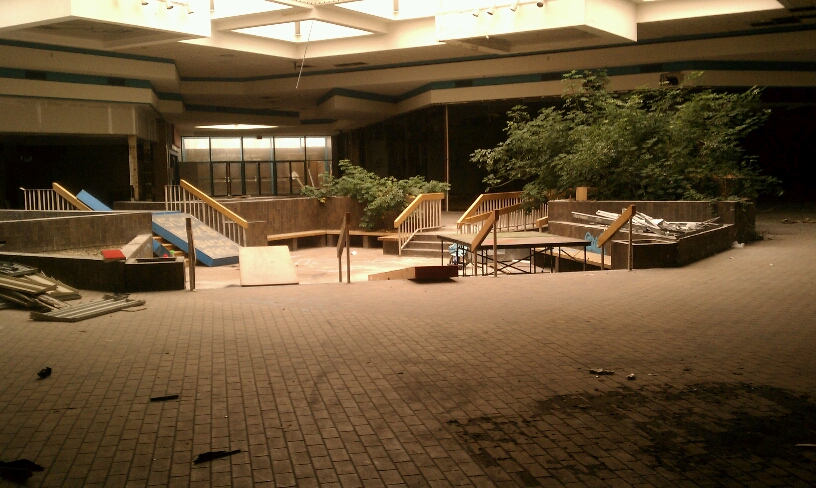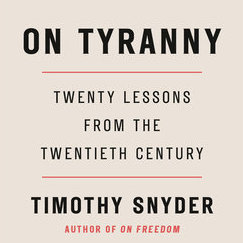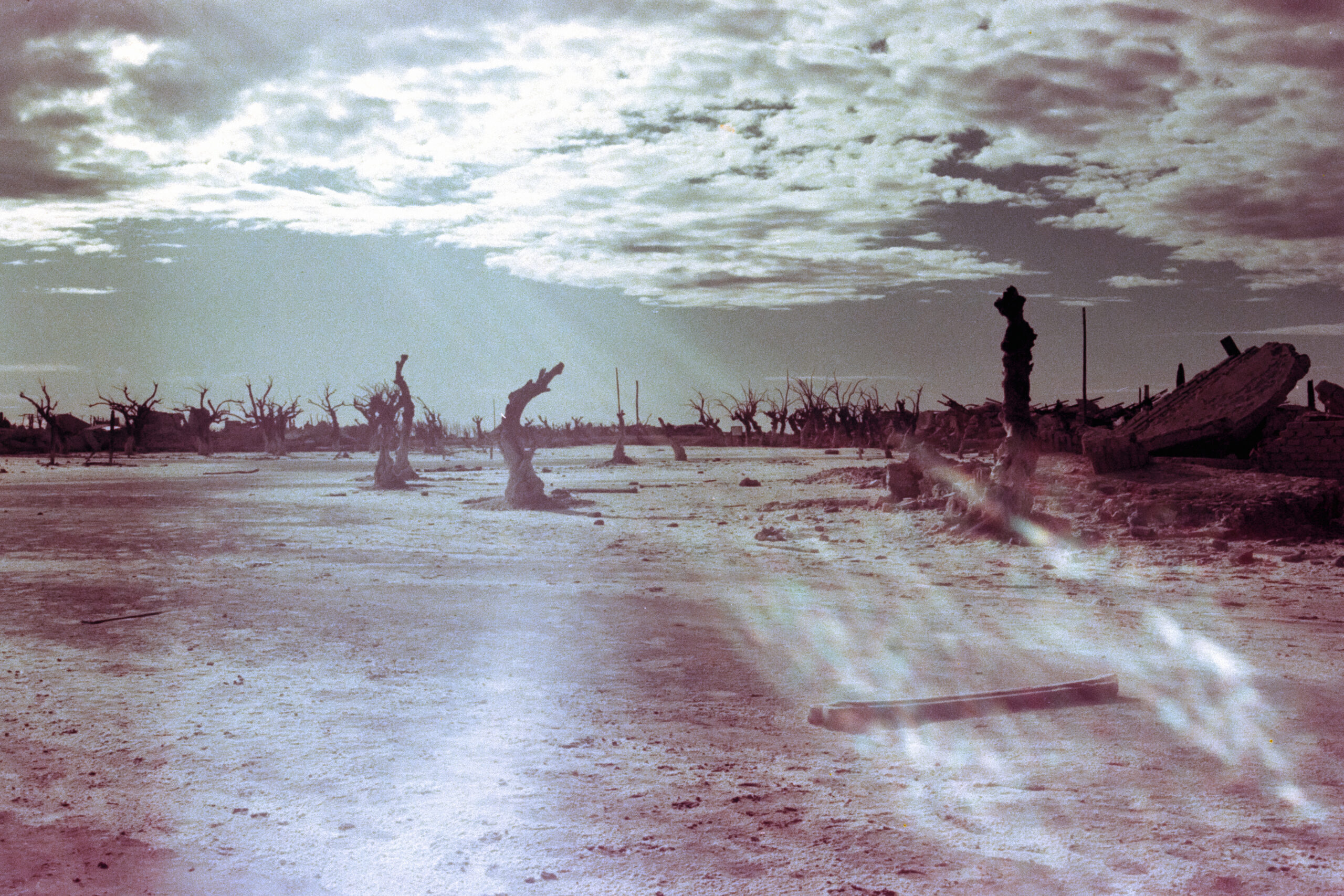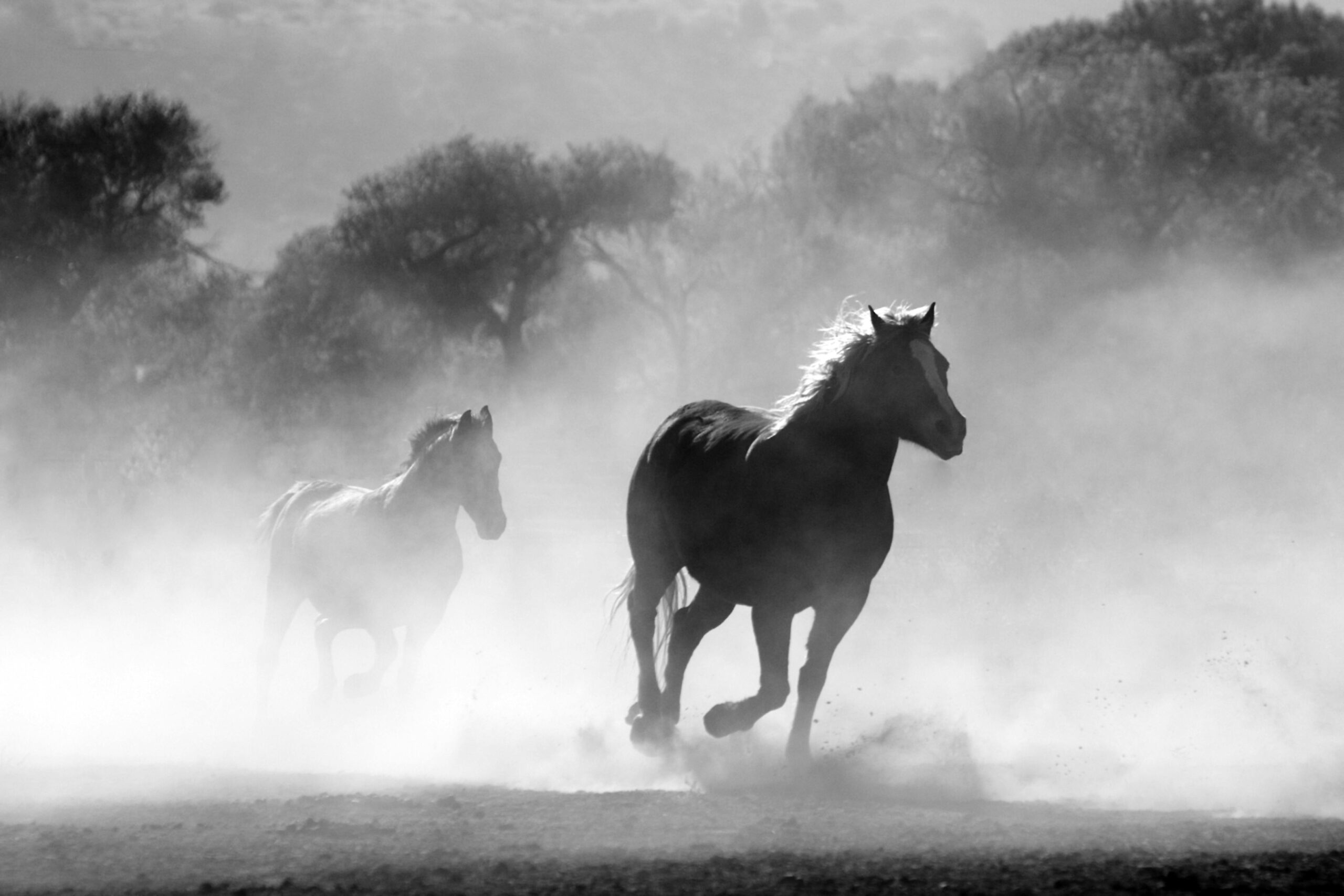Here are the new facts. I can tell you that when malls die the names on them are sometimes just ripped off, leaving the name in ghostly metal nib, and that sometimes they are painted over so that the place looks like a big concrete box, which is the name for the architectural style most were made in. I can tell you that deserted escalators look more dead than deserted stairs. I can tell you that the ceiling tiles and glass appear to fall and break at the same time. I can tell you they don’t take the plants out of malls but let them die there even in the summer. I can tell you that I forgot about the other mall in town until it showed up as a photograph on a “dead malls” Google images search. I can tell you I wasn’t sad because ours – Belden Village – was still around.
2.
When I was abroad I lived in Abu Dhabi. Dubai was an hour away, and we sometimes went to its namesake mall to eat decent enchiladas or eggplant parm. The Dubai Mall is the world’s largest by total area, not retail space – the largest in that category is a dead mall in China that was never occupied and lapsed into decay. The Dubai Mall has a Cheesecake Factory, dinosaur skeleton, and fourteen dedicated lingerie stores. Currently, in observance of Ramadan, the regularly scheduled fountain sound and light shows have been delayed to begin fifteen minutes after sunset. The Dubai Mall is the designed focal point of the Downtown Dubai complex, operated by state-owned real estate developer EMAAR, which also builds upscale suburban communities in Cairo. It has a certain public mindedness – free Wi-Fi, and a mission to cultivate in its mostly South and East Asian visitors a taste for dropping cash.
In America, when Didion was writing, she observed that malls named post-war took on the names of Towns and Dales, Villages and Forests, Parks and Lands. She called them, in 1975, “climate-controlled monuments” to those ebullient years. The renamings implied that the American heartland itself could be remade with proper nouns. I can’t find death in these geographies and their malls, only artificial eternal life. After all, Didion called malls pyramids, not mere mausoleums, and no one comes to the pyramids to mourn – they come to take pictures and spend money.
By the 1970s, malls were in California, Mississippi, and Hawaii. They were the same, give or take a fish tank, as Didion writes. As a child, she admitted, Didion envisioned mall developers as frontiersmen. Many people did. It takes a tremendous amount of money to even be someone who can get to the Dubai Mall, especially from China, India, or Nepal. But once you are here, lands are open, fast, and dangerous – if you have the money, you can buy anything, and if you don’t, the mall puts up lotteries for gold bars and sports cars, and buying in is cheap.
The mall in my town, Belden Village, had been built in the 1970s and updated in the late 1980s right before I was born. When I was a kid my parents had just moved to the USA and to Ohio. The leisure malls offered were an unaccustomed habit in this country, where working was a prerequisite for living, but we went, and we said it was great. We drove thirty minutes to the nearest Borders, and an hour to get to Cleveland, and the Nordstrom – one of the upscale malls still thriving now. The rest of the weekends we drove around and looked at development houses, stopping by the chain ice cream parlor in the mall parking lot, and later Starbucks, which was installed across the street.
Now I jealously watch the immigrant kids from India and China who clutch their parents’ hands in the food court. All of us in our family are now adults; suburbia can no longer be new. The kids in the neighborhood have all moved out. Malls are toy cities where no one lives but everyone consumes, Didion said. Now, our mall is still alive but the consumption all but stopped when factories did, and so the city has been all but abandoned. Dubai is future-as-present techno-obsessed – but when I was at the Dubai Mall I saw the past, and when I arrived home to our middle-aged American mall, I saw the future.
3.
Two years ago, I had seen an exhibit of riveting photographs including dead malls – but without much use of that epithet. The photos looked like haunting but isolated cases, and I forgot about them soon after. But scaling up made them important. To be dead, an organism has to have an anatomy. The images – hundreds now of these familiar places cataloged on screen – have created one. Every mall specimen has plants, tiles, windows, metal grates, and fluorescent lights, each falling to disease in mortally predictable ways. Belden Village is not a dead mall yet – but its health has still declined, a veteran of two corporate buyouts, this latest one by a company that specializes in “high potential” shopping centers, corporatese for “underperforming.” Once you have seen a dead mall, even the living struggle to posture as immortal.
I have realized now that the end of expanses I felt arriving from the airport had more to do with where I was arriving than where I had been. I am not sentimental enough to have really been dreaming when I imagined home from abroad – but the memories appeared just like dreams. Every image of the road was definitely mine, although I could never be sure exactly from where – familiar and short, yet interchangeable, like pieces of a train track. Every direction was uncannily familiar. The suburban byways I flew down were long enough, but not infinite; each dead-ended in my mind when it crossed into unfamiliar territory, towards downtown, towards the country. The mall builders believed that they had built open fast roads, but coming home, you start noticing the sheer repetition – the habit that made this a small town, and reminds me of it now.
By the time I left Ohio, real estate developers were expanding the atlas of malls in size and detail, elsewhere, not at home. From Asia to South America, Towns and Dales, Villages and Forests, Parks and Lands appeared, a landscaping venture more powerful, if also more hubristic, than any attempted here. Our own malls became part of the old world. They are originals of the suburban pioneering form, but not its exemplars. That progress requires unfamiliar landscapes, uncharted funding, and uncommon size our malls cannot match except in death. When malls die, they grow. Without shops to fill them their walls recede into shadow, their halls gaining inhuman scale as every shop is knifed through with weapons or decay. They reveal vast steel frames that, when hidden, had belied the emptiness behind every shiny surface. Unnatural life had bloated malls even before the deaths began. In the classic horror flick Dawn of the Dead, the plucky humans hide from zombies in the mall, but find themselves there for months, becoming endless consumers – consumerism itself co-opts their bodies to take, take, take. Malls grew from irrational exuberance despite the Nasdaq crash of 2000. Like canaries, in 2009 they began shuttering earlier than the crash itself. Brian Ulrich, whose exhibit I saw, uses the word shame for those boom years, when malls collapsed here.
Those years, many malls abroad trampled neighborhoods and diverted investment needed for basic urban infrastructure; it happened in Rio, Manila, Istanbul, Dhaka, and Beijing, too. Foreign markets opened significantly to private investment in the 1970s, while Didion was writing in America about the largest mall here. By changing regulations and norms, bankers and governments empowered money over material goods as profit-drivers on the international market. Finance grew. Money made money. By the 1990s, it warranted malls, everywhere.
So even driving home from the airport, this history made our mall seem empty. Its efficient power over physical constraints seemed to explain the existence of the desert skating rinks and dairy farms I had seen in Dubai. By comparison, finding a hollow ghost mall where I remembered shoppers would be entirely logical. Brian Ulrich’s book of retail photographs is titled Is This Place Great or What. Remembering is what photographers do when they shoot dead malls and what people do when they look at the prints. “What?” seems to be the question all ask of these images; if we weren’t great, then what?
The mall really is a monument now. Its concrete box – simple as those pyramids – maintains constant dimensions. It is the megalith in town. Unlike the many strip malls nearby, heavily trafficked thoroughfares pass in all four directions. The winding gray roads get their directions – away, towards, around – from the decaying plot. Suburban developments have been exported just as far and harmfully as have malls, but here they seem less mutable than that; so powerful are the memories they hold that they are retrievable even from sleep, even in the car back seat. Even if this mall dies, its asphalt crux will likely remain, and the ritual paths that circle it over and again will, too. I do not know what we ever wanted at the mall. Its impulsive lure was obscure even to Didion, and now all of it is gone. What is here now is the feeling of flying down winding gray roads, sticking to the vast parking lot and its concrete shrine to the past and this place, which as I make more trips home, become increasingly one and the same.
Sahiba Gill is Assistant Editor at The Common.




